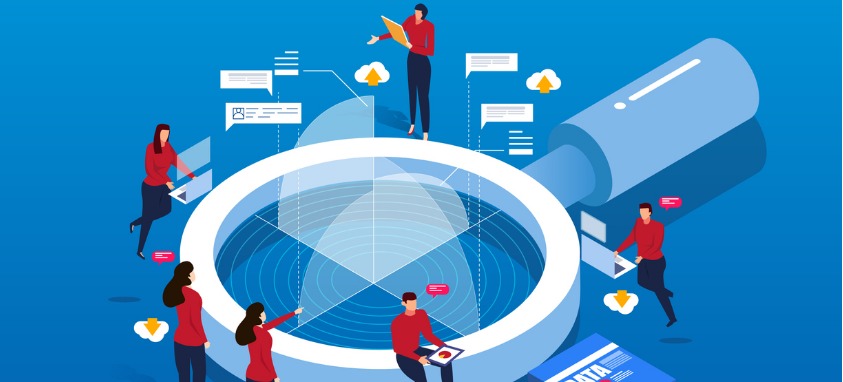As massive, optimized systems such as Amazon and Netflix play an increasing role in our lives, the basic expectations of everything, including meetings and events, is rising. Due to the ever-greater need for customization, responsiveness and excellence, planners need to be on top of their game more than ever before, said Mike Dietrich, senior director of platform marketing at Cvent.
In a recent Smart Meetings webinar, “The 4 Stages of Event Program Maturity,” he had plenty of tips to help planners and organizations get there.
“You’ve always been a planner, but more and more what we’re hearing is ‘I need to do all that, and I need to be a marketer—I need to be a digital marketer, I need to be a technologist, I need to be a financial analyst and more.’” And because of those expanding responsibilities, he said, “It’s tough to know what ‘good’ looks like anymore.”
To help, Dietrich outlined how Cvent has broken down meetings and events into specific categories, each with its own measurable levels of success and what he calls “maturity.”
1. Event Strategy
The first step to improving an organization’s events requires analyzing the foundation behind them. Everything from performance indicators the team is using to the way potential events are selected, budgeted and approved provides the backbone of the events it produces.
“How do you put this Rubik’s cube of possible events together for your organization?” Dietrich asked. The more data application and forethought that goes into the strategy behind an event, the more productive and valuable it is going to be.
2. Event Execution
Whether it is the people staffing an event or the technology used to run it, there is always room for improvement. “We still see a lot of event programs that are being planned and executed with sticky notes, Excel and Google Docs,” Dietrich said.
The range includes everything from companies that can start onboarding a registration tool or lead scanning tool at an event to customers who have adopted a full event planning platform. Updating this process and staffing the event with dedicated workers produces a progressively smoother event.
3. Attendee Experience
“After somebody has spent three days and $3,000 to come to your event; left their home, their family and friends for a few days; and stood in a TSA line to get on a plane to get to your event, don’t underestimate the power of being able to get them through your check-in line quickly,” Dietrich said. “Don’t underestimate the power of a frictionless experience.”
Event-wide, the easier it is for attendees to engage and network, the happier they will be. And if they can do that without feeling as if there is an intrusive hand gathering their data for leads, all the better. Whether through new advances in technology such as RFID tracking in badges or simply a more optimized layout, every planner can find something to streamline the attendee experience that much better.
4. Measurement and Optimization
When an event is over, far too many organizations and planners don’t know the return on investment. The more sophisticated you can get when measuring it, the more mature your event program is, Dietrich says. Even then, not all currency that is valuable from an event is financial, he said. Data measuring attendee satisfaction, engagement and even behavior after attending an event is all useful in one way or another, whether discussing an event’s success with an organization or planning the next one.
Knowing Your Team’s Maturity
Within each category of performance, and taking them as a whole, Cvent has built a model for how events programs relate to each other, Dietrich explained. They can fall into four levels—emergent, elevated, evolved and expert programs.
Emergent programs lack a real structure and have a poor sense of their own impact. Elevated programs make use of professional resources and specialized technology. Evolved programs utilize technology even more dynamically by beginning to collect and make use of data. And expert programs manage to optimize practices across an entire range of events at once.
Dietrich says that individual planners can’t change any of these areas by themselves. But by understanding where improvements can happen and by being an advocate for them, change will take place. The key is to put it in language organizations will understand. He provided an example.
“Here’s how I am going to be able to prove the impact of our events program, and increase the impact of our events program,” he said. “It becomes a very quantifiable exercise.”


